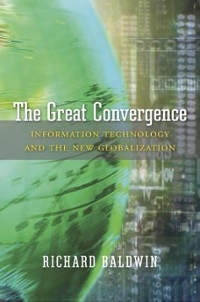I can't find the correct answers. I am stuck please help
1. Consider the following short-run model of an open economy: Y = C+I+G+NX C = co +0.7(Y -T) I = 32 NX = X- -IM 1 E 1 1 = E 10 1 IM = =EY Domestic and foreign prices are constant with P = P* = 1. Thus, the real exchange rate is equal to the nominal rate E. (a) Suppose that autonomous consumption and foreign income are ini- tially given by Co 8 Y' = 800 The policy makers want to achieve the following targets for output, consumption and net exports: YT = 200, CT = 120 and NXT = 0. Show how these targets can be achieved using government consump- tion (G), taxes (T) and the exchange rate (E) as policy instruments. (b) Now suppose that there is an increase in autonomous consumption and foreign income to CO = 15 = 1000 Calculate the new values of the policy instruments if you want to keep output, consumption and net exports at the unchanged target levels (YT = 200, CT = 120, NXT = 0). Carefully explain the eco- nomic intuition behind the (directions of the) changes of the policy instruments.4. Consider an open-economy described by the following equations: C = 500+0.75 (YT) I = 2,000 50r T = 2,000 G = 2,000 NX = 750 750e, where e is the exchange rate r = r* = 10, where r is the domestic interest rate and r* is the world interest rate Y = 10,000 All notations have their usual connotations. (a) In this economy, solve for national saving, investment, the trade balance, and the equilibrium exchange rate. (b) Suppose now that G rises to 2500. Solve for national saving, investment, the trade balance, and the equilibrium exchange rate. Explain carefully what you nd. (c) Now suppose that the world interest rate rises from 10 to 20 percent (G is again 2000). Solve for national saving, investment, the trade balance, and the equilibrium exchange rate. Explain carefully what you nd. (2+3+3=8marks) 3. Human Capital in the Romer Model: Let's consider the possibility that human capital is required to produce ideas. To add human capital, we assume the ideas production function is A113.\" = iAthLajg. (1) Furthermore, let's assume that human capital requires labour to produce: Ht = Ls't. (2) The labour is now split into three groups L9,; + La,_t + L3,; = I: For simplicity, let's assume Ly; = 0.5L, L\"; = .2513, and L8,; = .25L. Assume L = 100. (a) What is the economic interpretation of using labour to produce human cap ital? (Hint: This is not a trick question. I am just looking for basically the denition of human capital.) (b) Solve for the balance growth path of GDP per capita in this model. ((3) Does the inclusion of human capital increase the rate of growth compared to the standard model? Explain. (Hint: Think about the growth rate if the extra labour used in L3,: was just allocated to ideas production or goods production in the basic model. How does that case compare to this case?)









